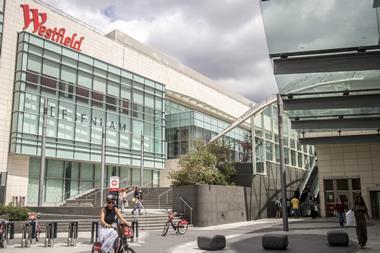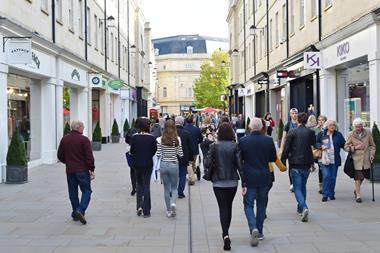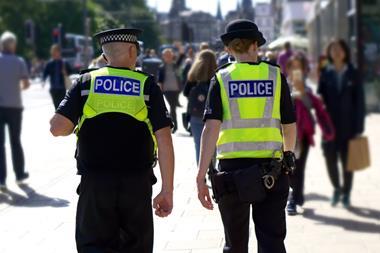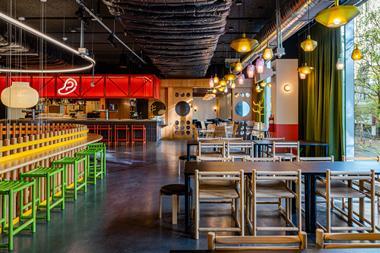The number of people visiting bricks-and-mortar stores across the UK fell again in October, according to the latest footfall figures.
Shopper numbers slipped in October by 3.2% year on year, a fall that was steeper than in September and both the three- and 12-month averages.
Footfall declined across the high street, retail parks and shopping centres, according to the figures from the BRC-Springboard Footfall and Vacancies Monitor.
Footfall on the high street fell 4.9%, again at a steeper rate of decline than in September and above the three-month average decline of 2.8%.
Shopping centre footfall fell 2.4% in October, although this was an improvement on the 2.6% decline across a three-month average.
Even retail parks, which have been the most resilient sites in terms of footfall in recent months, experienced a decline in October, the first in five months. Footfall fell 0.5%.
Despite footfall falling across the board, the UK vacancy rate marginally improved by 0.3 percentage points to 10%.
BRC chief executive Helen Dickinson said: “High streets were hit hardest in October, with the wet and wintery weather putting off many consumers from venturing out to the shops. Weak consumer demand and Brexit uncertainty have both impacted sales in recent months, and this could be further affected by the imminent election campaigning.
“Nonetheless, retailers will be hoping for footfall to pick up as they enter the all-important golden quarter. There is some cause for optimism, with the vacancy rate decreasing slightly, buoyed by strong results in London which saw vacancies fall by almost a third.
“The election offers an opportunity for a future government to outline how it would support an industry that pays over £17bn in tax every year and employs over 3 million people. With retail accounting for 5% of the economy yet paying 10% of all business taxes and 25% of business rates, it is clear there is room for improvement. The next government should follow the Treasury select committee’s advice and scrap downwards transition, which takes money from retailers and uses it to subsidise other industries.”
























No comments yet